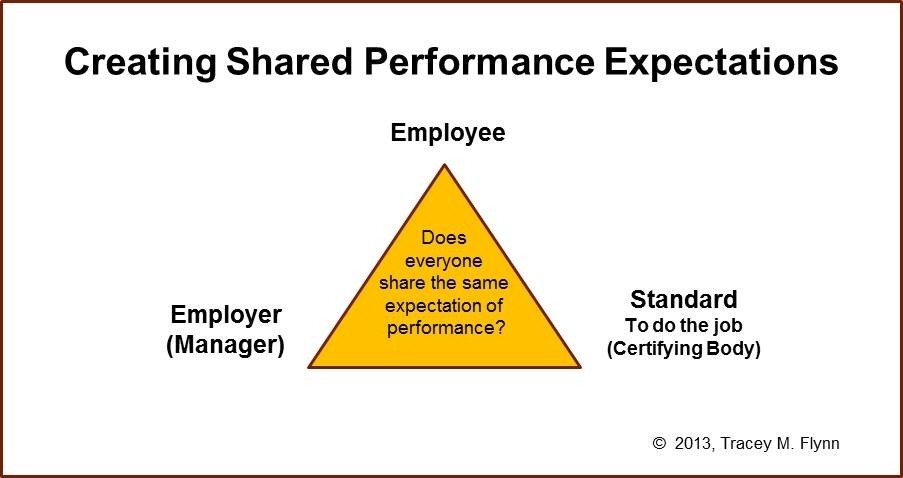Make It Relevant, Practical, And Actionable
A competencies and skills model offers organizations a credible construct to facilitate upskilling and cultivate a culture of lifelong learning. A competency skills model provides a mapping of the required competency skills, and relevant behavioral descriptors for each skill, to help learners identify their strengths and developmental opportunities in each competency skill. This allows the organization to define the skills that are important to drive business performance results. An upskilling metric resulting from a self-assessment each learner conducts defines the aggregate readiness of the organization for each particular skill or skills domain. However, developing a learning competencies and skills model is just the first step. To truly reap the benefits of such a model, it must be scaled and sustained over time. This article offers 8 tactics for scaling and sustaining a learning competency skills model within your organization.
8 Strategies For Implementing A Learning Competency Skills Model
1. Define The Competency Skills Problem
Your competencies skills model will help address and solve an upskilling or reskilling need in your organization. According to Harvard Business Review, organizations are increasingly focusing on skills because they drive business performance results. As a Learning and Development leader, you and your team will need to ask two key questions: What's the underlying business need and competency skills problem we are trying to solve? What's our upskilling readiness metric? A competency model that is driven by business performance results will provide learners with a mapping of which skills they need in order to succeed on the job. Concurrently, it will allow organizations to leverage the mapping to define the skill sets required for hiring and retaining the right people for the various open roles across the organization.
2. Triangulate Academic Research, Industry Practice, And Organizational Context To Define Relevant Competency Skills And Descriptors
After you define the business performance results that the organization is seeking to achieve, you will need to build a competency skills model that is practical and relevant to the organization. I recommend triangulating data and insights from three areas: academic research, industry practice, and feedback from your learners. Academic research can help you save time in conducting your own research by leveraging what others have done to address similar business questions. Leveraging industry practice and use cases will help you ensure that the competencies and skills you are seeking to build are actionable, practical, and relevant. Finally, learner insights on what skills they need to successfully solve problems on the job are vital because they will provide you with the necessary context from your own organization and will safeguard the relevance of your model.
3. Engage Stakeholders Early And Often
When developing a learning competencies and skills model, it's important to involve stakeholders from the beginning. This includes employees, managers, and leaders at all levels of the organization. Involving stakeholders in the design process ensures that the model is relevant, practical, and aligned with the organization's goals and culture. You may also recruit an informal advisory board consisting of thought leaders from academia, industry, and your own organization to review and vet the competency skills model you and your team are developing.
4. Align With Organization's Business Goals
A learning competencies and skills model must be aligned with the organization's business goals. This means that the model should focus on developing the skills and competencies that are most critical to achieving those goals. By aligning the learning model with the business strategy, you can ensure that it remains relevant and valuable over time. Conducting a crosswalk across the domains or categories of skills, if not each skill set, with the specific organization's business goals can ensure this alignment is meaningful and transparent. Such a crosswalk can also further enhance the gravitas of your competency skills model.
5. Launch Using Technology That Scales
Technology can be a powerful tool for launching and scaling a learning competencies and skills model. You can leverage off-the-shelf capabilities and technology stacks offered by online Learning Experience Platforms (LXP) and Learning Management Systems (LMS), as well as explore building your own open-source stack to deliver your competency and skills model to your learners. By leveraging technology, you can reach a larger audience, provide more personalized learning experiences, and collect more specific data, which you will need for iteration and continuous improvement.
6. Measure And Track Progress
To sustain a learning competencies and skills model, it's essential to measure and track learner progress over time. This includes assessing the impact of the model on employee recruitment, hiring, performance, engagement, and retention. By regularly measuring and tracking progress, you can identify areas for improvement and make adjustments to the model as needed.
7. Iterate And Improve
Using the data you collect from the learners' behaviors when interacting with the model, your LMS can provide significant quantitative insights as to which skills the learners feel more comfortable using and which offer them opportunities for improvement. You can complement quantitative data with qualitative data, including Net Promoter Score and open-text feedback about how the learners felt when interacting with the model. Both types of data will need to be collected, codified, prioritized, and used to iterate and improve your model.
8. Cultivate a culture of learning
To sustain a learning competencies and skills model, it's essential to cultivate a culture of learning within your organization. This includes promoting the value of lifelong learning and providing opportunities for learners to develop their skills and competencies. Cultivating a culture of learning could consist of learning experiences such as regular training sessions, mentoring and coaching programs, peer-to-peer learning opportunities, and curated learning pathways offering multimodal learning experiences, such as microlearning courses, videos, tools, books, and articles.
Conclusion
Scaling and sustaining a learning competencies and skills model requires a strategic and holistic approach. By defining the upskilling problem you are trying to solve, engaging stakeholders and learners early and often, aligning with business goals, leveraging technology, measuring and tracking progress, and iterating and improving as a learning and development leader, you can create a model that is relevant, practical, and value-adding in your upskilling efforts.








